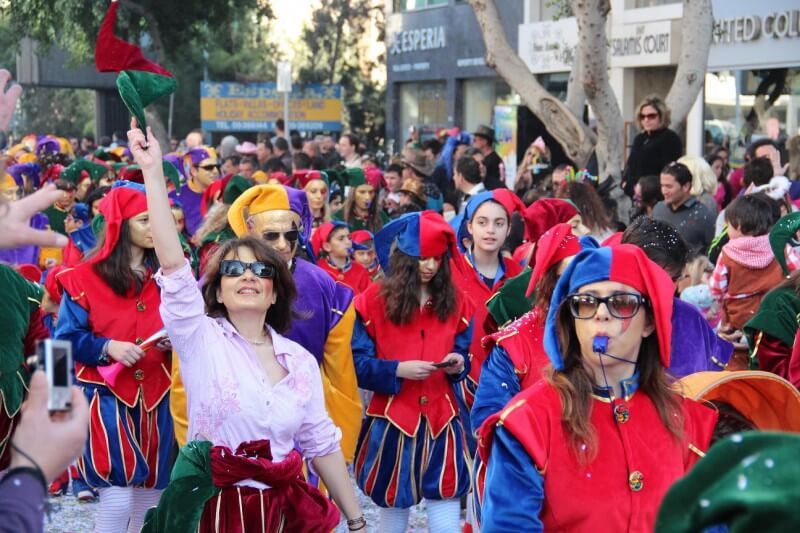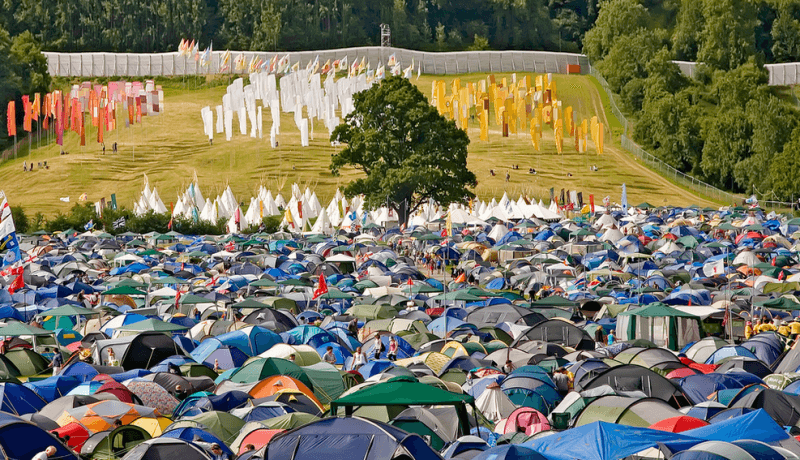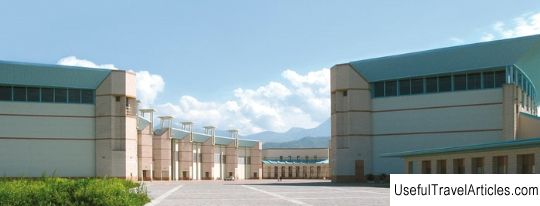Carnival in Cyprus
Rating: 7,9/10 (2011 votes)   Carnival 2012 The biggest holiday on Cyprus is considered the Carnival, which takes place here every year. Many cities and villages in Cyprus organize their own Carnivals as part of this event, but the largest and brightest event in Cyprus is the Carnival in Limassol. It starts 50 days before Easter or 10 days before Lent. The beginning of the action marks the arrival of the Queen and the King of Carnival in the city. Many different events organized by the municipalities take place over 10 days. Most of the clubs and hotels hold costume parties and even people in carnival costumes go shopping and to work. Special attention is paid to the decoration of cities. The central part of the city and the streets on which the celebration will take place are decorated in the most intricate way. The culmination of the carnival is the main parade in Limassol, which takes place on the last day of the holiday. You will also see mobile bright platforms of all colors and crowds of people dressed in carnival costumes, singing and dancing along Archbishop Makarios Street.  Napoleon - King of the Carnival 2012 Like as a rule, almost all events held during the Carnival are free, and everyone can take part in them. There is not much time left, and soon the carnival will again sparkle with all its colors on the streets of the cities of Cyprus. Loud and incendiary music will play on the embankments and squares, and funny masks with carnival costumes flash everywhere. Officially, the opening of the Carnival celebration begins on February 20, and will last for 10 days. All this time Cyprus will be immersed in noisy fun, and locals can afford to walk over the faces of the city in a clown outfit or mask. What is the Cyprus Carnival? This is a holiday with its own history and traditions, just like Maslenitsa is celebrated in Russia. The first written mention of the carnival dates back to 1980, but most likely the holiday was celebrated on the island earlier. In those years, Cyprus was a British colony, and the British took part in it with pleasure. In 1898, a committee for organizing celebrations was formed, and since 1935 the Carnival has been officially recognized and held every year.  Opening of the 2013 carnival. In the center - the Queen of the Carnival Opening of the 2013 carnival. In the center - the Queen of the CarnivalThe festive period for local residents is divided into two parts. The first part consists of the meat week and the other part of the cheese week. February 20 is called tsiknopemti, which translated from Greek means"Thursday with the smell of fried food." According to local tradition, fried meat must be served on this day, cooked, preferably over charcoal. Almost all residents cook meat in large quantities, and this aroma was felt throughout the district. But the dishes are not limited to meat alone. Sweet food is also served on the table. The most important carnival sweets are kataifi and dakhtila. Dakhtila translates as"fingers", and is a dough with the addition of a large amount of almonds. The dough is rolled up, giving them the shape of"fingers" and fried in sugar-honey syrup. Sprinkle with cinnamon before serving. Katayfi are very similar to rolls of thin pasta soaked in rose water syrup.   2014 Carnival King's Empty Cart 2014 Carnival King's Empty CartExcept the festive procession will have many more surprises. Carnival events will take place in Paphos, and a symphony orchestra concert will take place in Larnaca on February 27. Last year, the local municipality decided to abandon the parade due to budget savings. Most of the residents were left unemployed and without means of subsistence, and the Carnival can help them forget about problems for a while and enjoy life.  We also recommend reading Fishing in Austria Topic: Carnival in Cyprus. |




